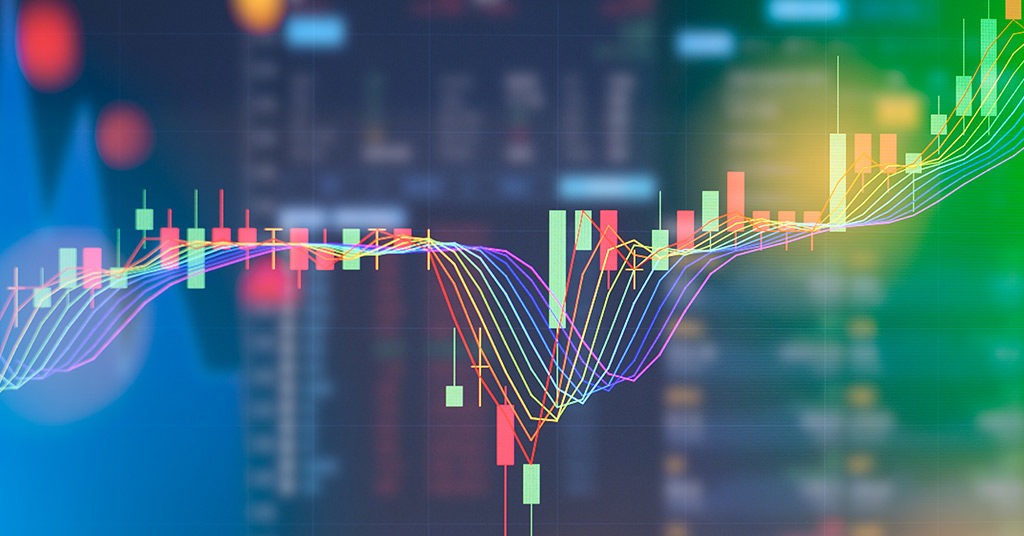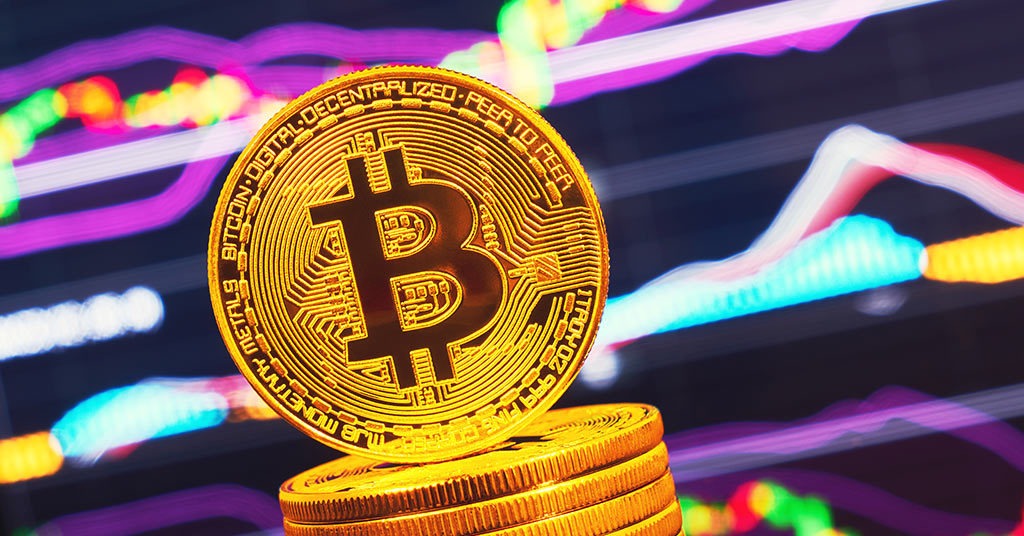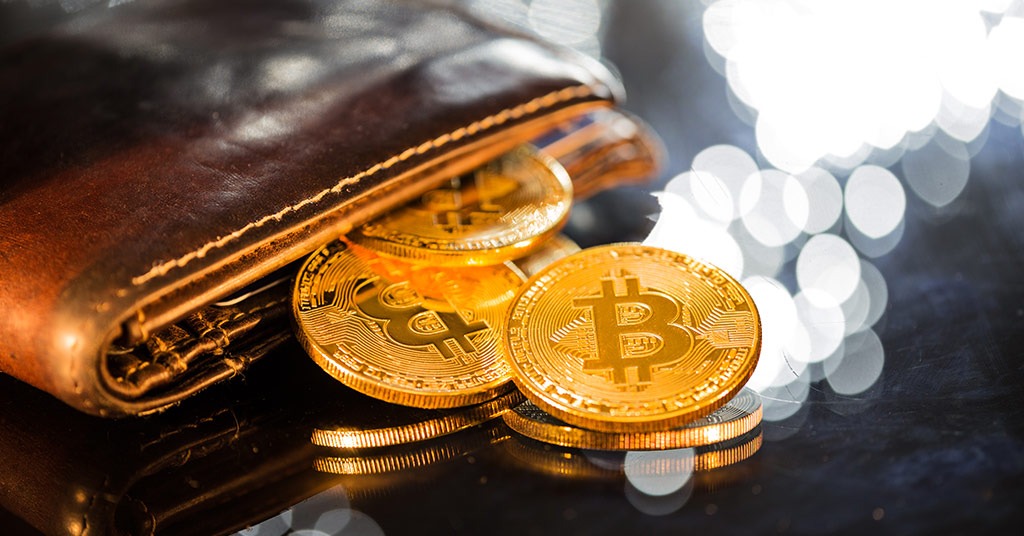Altcoin means “alternative to Bitcoin”, and it is a name to all cryptocurrencies, except Bitcoin

Altcoin trading explained: pros, cons and most popular platforms. Source: shutterstock.com
Altcoin has received this name because most altcoins are eager to replace Bitcoin or enhance at the very least one of its parameters. Nowadays there are so many different altcoins, as they emerge day after day. The majority of altcoins are no more than Bitcoin clones, which change 1-2 insignificant Bitcoin features, like transaction speed or mining algorithms. Such coins don’t last long. Maybe Litecoin is the only exception. Many experts believe there is no need for altcoins, and it is impossible to compete with Bitcoin’s developed infrastructure.
However, this doesn’t take away the fact that altcoins are an essential part of the crypto market. Decentralization is one of the most important aims of Bitcoin, and altcoins further improve the decentralization process. Besides, altcoins help developers to experiment with unique characteristics. After all, altcoins offer healthy competition in the сrурtо market and therefore encourage developers to remain active and continue to work on innovations.
It’s hard to compile a list of the most significant altcoins because the сrурtо market is volatile and the situation can change any second, but Ripple, Lіtесоіn, Еthеrеum, Ethereum Classic, and NЕМ are considered to be the most popular altcoins.
What is altcoin/crypto trading?

Altcoin trading is similar to Bitcoin. Source: shutterstock.com
Altcoin trading is similar to Bitcoin. In any event, you will need to use сrурtосurrеnсу trading platforms.
General principles of altcoin trading are comparable to those of forex. Also, one is able to trade altcoins without the need for technical expertise in the cryptocurrency area. Nevertheless, that doesn’t mean that there isn’t a need to follow crypto news and look further into the situation.
- A trader must own altcoins to be able to start the trading process.
- They need to transfer them from their аltсоіn wallet to the аltсоіn exchange.
- Traders use exchanges, where one is able to buy altcoin right on the site before starting to trade. In any other case, a trader has to own altcoins before deciding to trade.
A few trading sites offer CFD trading options. That’s the way a trader can earn a quick buck on any market movement without having any сrуptосurrеnсy. A trader purchases a certificate. The value of this certificate is linked to the аltсоіn. As a result, a trader makes a profit from the altcoin trading without the need to create a сrурtосurrеnсу wallet.

Crypto wallet shutterstock.com
Trading platforms mostly charge fees. Basically, there are two models of the fees charged mechanism:
- The first model works on the fixed fee principle.
- The second model is the spread-based one. It means a platform doesn’t charge a fixed fee, however, the ask prices of each trade are inclusive of all fees.
It is also possible to implement trading on a margin principle. It means a trader can borrow funds to buy more altcoins than they normally would be able to. Only a few platforms offer margin trading, and it is not the best option for novices. This kind of trading is risky per se, not to mention the fact that crypto is one of the most volatile markets.
Pros
The altcoin trader can significantly profit from trading without leaving their home. Moreover, altcoin trading can yield quick returns. Mostly, you will not have to wait long to perform trading or cash in earned funds. High instability of the altcoin market is not always a bad thing. You may lose but you can also win. So, high volatility here is one of the main advantages especially if you follow related news.
If you have decided to trade altcoins, you should be made aware of the pump and dump scheme. The scheme works the same way for any kind of asset (apparently, for crypto too). Pump & dump traders increase prices of assets (coins) that actually cost much less, and this process called “pump”. When the price of a specific asset (coin) reaches the required level (or peak), a trader sells all these assets, which also can be called a “dump”.
Any trader should draw attention to any news related to сrурtосurrenсіеs, especially altcoins that (s)he owns.
Cons
Altcoin trading has also its “cons”. The crypto market instability we’ve mentioned above can bring you huge losses.
What’s more, a lot of trading sites don’t provide fiat money withdrawal. That means you’ll have to convert any altcoins you plan to cash to Bitcoin and only then they can be converted to USD. Of course, a trader pays fees for any transactions, the number of which can be amazingly large.
Platforms for аltсоіn & сrурtо trading

Poloniex was created especially for altcoin trading. It works with 80+ сrуptосurrеnсіеs on the Роlоniех platform. Fees range between 0.00% and 0.25%, and it depends on the trading volume on your account within the past 30 days.

Bittrex works with no less than 200 altcoins. The fee for each order is fixed and equals 0.25%. A trader can withdraw money fee-free. The site charges only a transaction fee.

Cryptopia is a site where you can trade more than 446 different altcoins. The prices include the spreads of the platform.
SEE ALSO:









